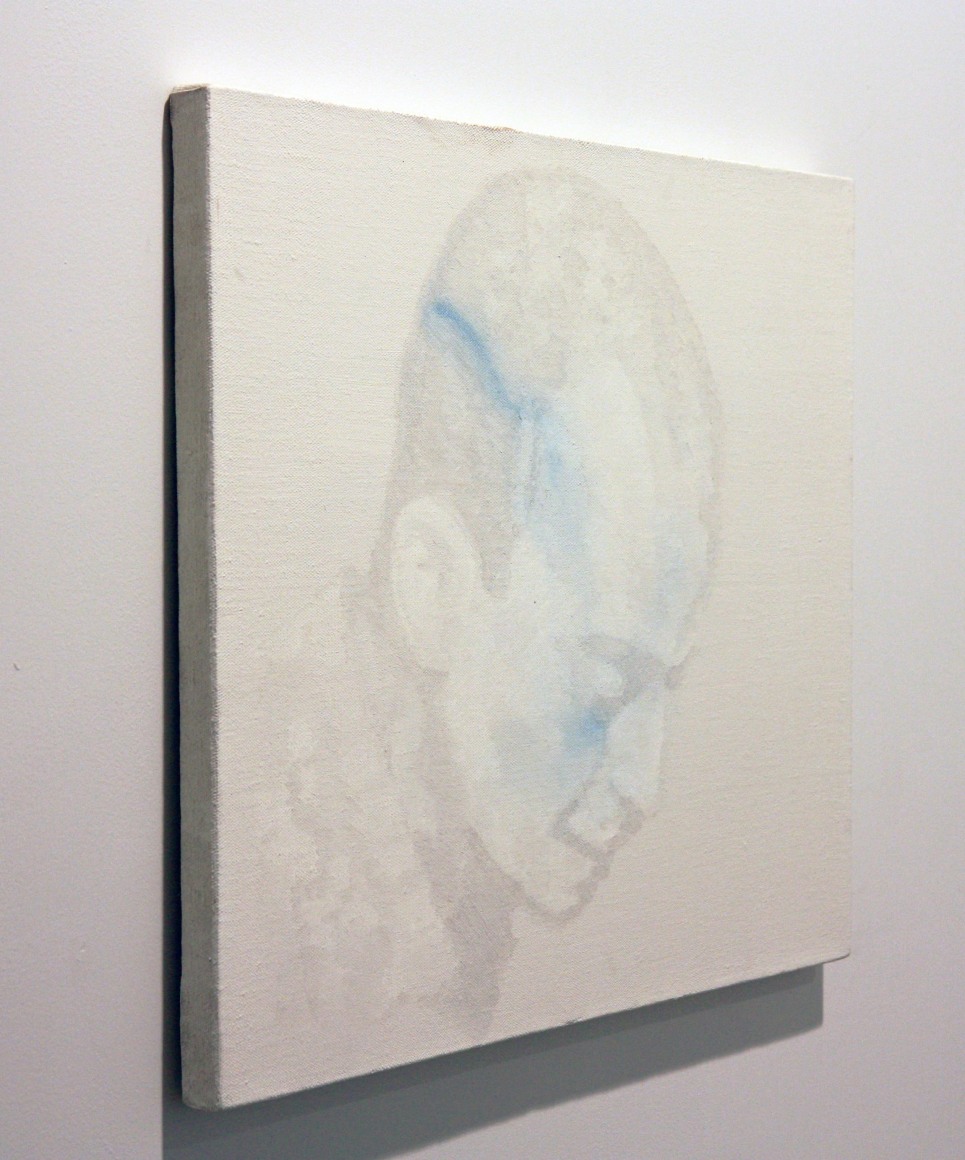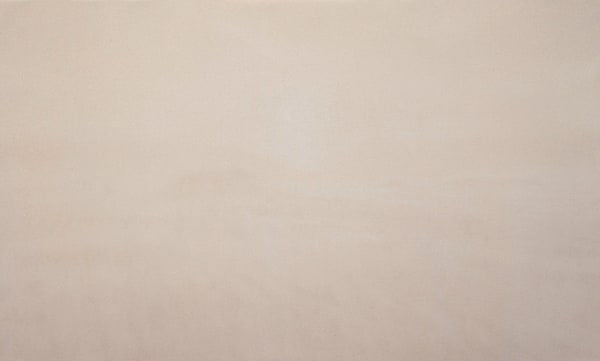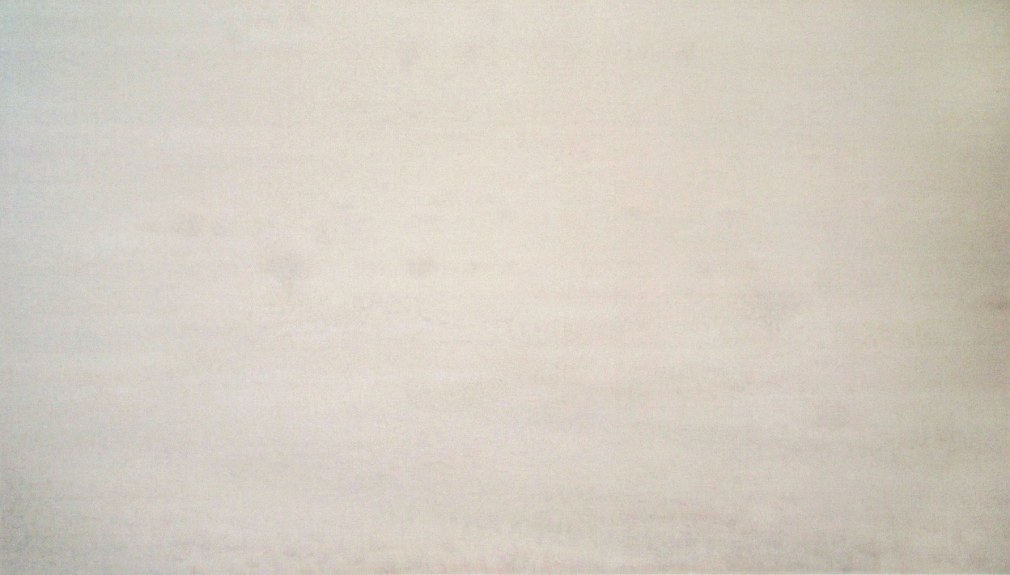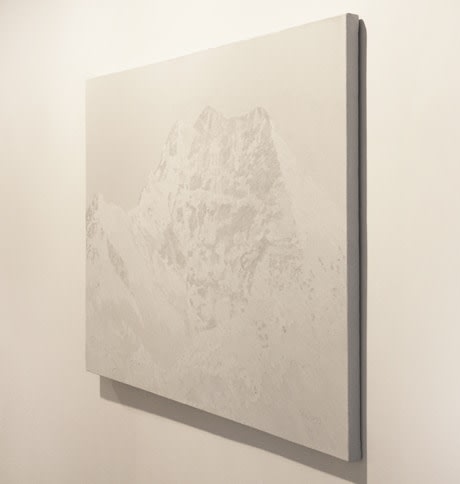Chambers Fine Art is pleased to announce the opening on January 15, 2011 of Fugitive Visions: Paintings by Qiu Shihua and Shi Jing.
Although belonging to different generations and representative of contrasting approaches to the process of painting, Qiu Shihua (born in Sichuan Province, China in 1940) and Shi Jing (born in Yunnan Province, China in 1971) resemble each other in the subtlety of their vision and the narrow tonal range characteristic of their works. At first glance Qiu’s and Shi’s paintings appear to be monochromatic but after careful viewing, the fine gradations of closely related tones used by both painters lead to the appearance of evanescent forms.
As a result of enforced displacement during the Cultural Revolution (1966-1976), Qiu was in his forties before he began to discover a personal means of expression. On his first trip to Europe he discovered the French Impressionists and admired the freshness of their response to the natural world but chose not to follow their example, abandoning painting from nature altogether on a trip to the Gobi Desert in 1988.
In his paintings of the 1990s, references to landscape elements were still clearly visible but as Daoism began to play an increasingly important part in his life, his painting style changed completely. He has described how his mind is blank when he first stares at the canvas tacked to the wall of his studio. A slight change in the weave of the canvas or light passing across its surface might suggest forms which are developed in an entirely intuitive manner until memories of landscapes begin to appear. Qiu has stated that he is concerned with ‘the “origin,” the genesis of experience. When I paint, I do not think of structure or theme; what I seek is a certain “flavor” – a rhythm of spirit and energy, so that the soul drifts in the painting, like a shadow of the mind.’
Thirty years younger than Qiu, Shi’s first solo exhibition was in 1991 but it was not until 2003 that his work was first exhibited widely. Unlike Qiu, Shi has turned to imagery ranging from Mount Kailash to Teresa Teng in his paintings and in the works currently exhibited gives a classical or literary dimension to contemporary subject matter through titles such as Hera, Kouros and Tyger, Tyger. Other works depict unusable objects such as bladeless working tools, glass tableware etc. Rather than the subject matter itself, however, it is Shi Jing’s working method that primarily engages his attention. Limiting his palette to white in the paintings in this exhibition, and building up forms through carefully modulated brushstrokes that catch and reflect the light in different ways, Shi Jing creates forms that can only be seen from a specific viewpoint. Seen from directly in front, his canvases appear to be monochromes. Only as the viewer walks in front of the painting to view it from the side does the immaterial image appear. This element of surprise that results from a shift in visual perception acts as a metaphor for moments of sudden spiritual insight.
Of different generations, Qiu Shihua and Shi Jing speak to each other through the medium of oil on canvas. From this painterly dialog emerged the title of the exhibition, Fugitive Visions, the title of a 1915-1917 work for the piano by Sergei Prokofiev which was inspired by a poem of the Russian Symbolist Konstantin Balmont: “In every fugitive vision I see worlds, full of the changing play of rainbow hues.”




